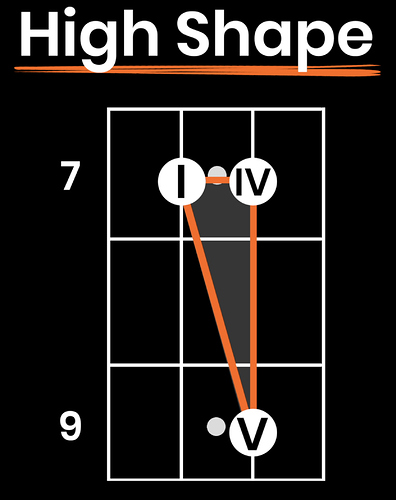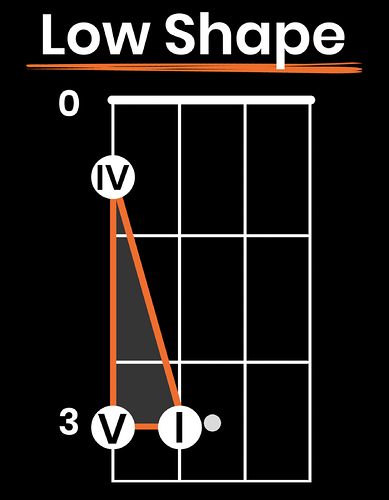Nail the blues in 15 minutes with this no-fluff beginner blues bass lesson.
https://www.youtube.com/watch?v=tiloGr59WOg
If you’re doing the Beginner to Badass course, you could easily play along with this lesson by Module 3. But you’ll really understand the theory behind chord progressions and the 12 bar blues starting in Modules 8 and 9.
Blues Survival Shapes
Here are the two Blues Survival Shapes - keep in mind you can move these around to any key you need.
High Shape (key of E)
Low Shape (key of C)
Basic 12 Bar Blues Form
This is the skeleton of the 12 bar blues. Remember there are variations on this form from song to song (like swapping the V for the I in the last bar), but this is always the starting point.
Killing Floor Fun Fact
While I was picking out songs for this lesson, I discovered a pretty wild story about the meaning behind Howlin’ Wolf’s “Killing Floor.” Apparently, it was originally interpreted to be about the ‘killing floor’ of a slaughterhouse… but the real story is much more colorful.
This interview with Howlin’s lead guitar player Hubert Sumlin is a trip, highly recommended read.
The TL;DR - the song is about Howlin’s jealous wife Helen who, after finding some ladies underwear in the tour bus, shot him. With a shotgun. ![]()
![]()
Like I said in the video, I’ve been digging the blues ever since I was a little kid, listening to my dad play bass in blues bands (no shotguns involved).
What blues bass player or artist inspired you to start playing the blues?




